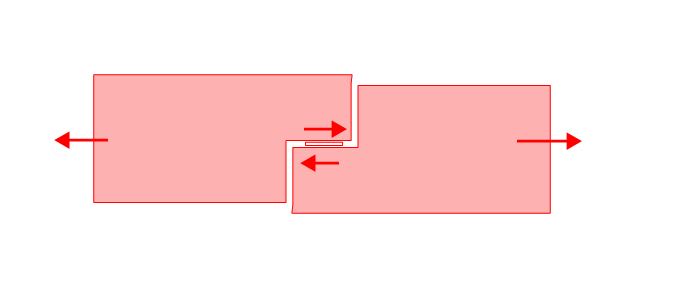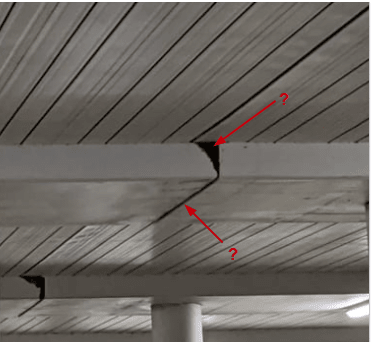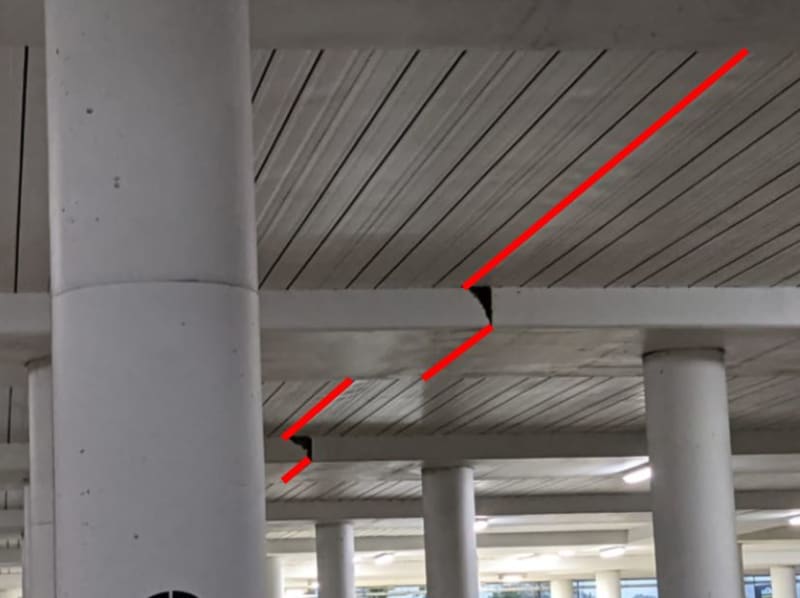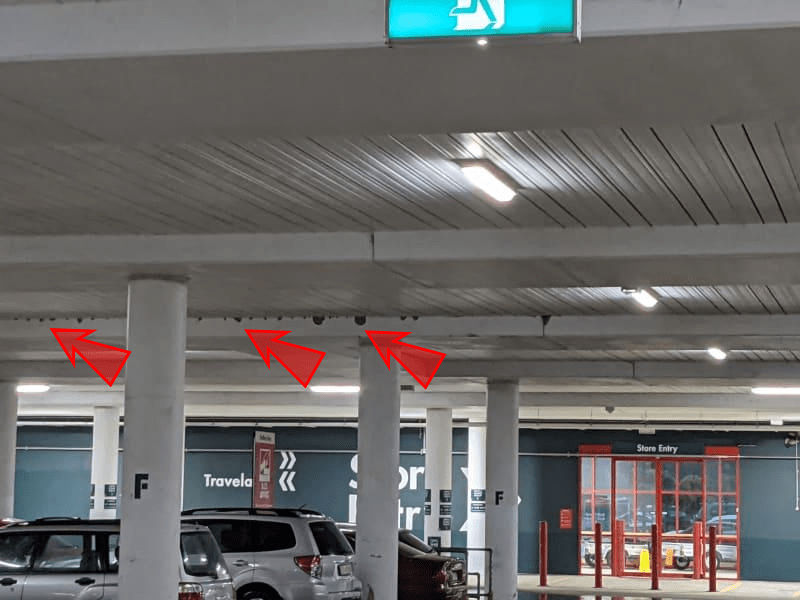rowingengineer
Structural


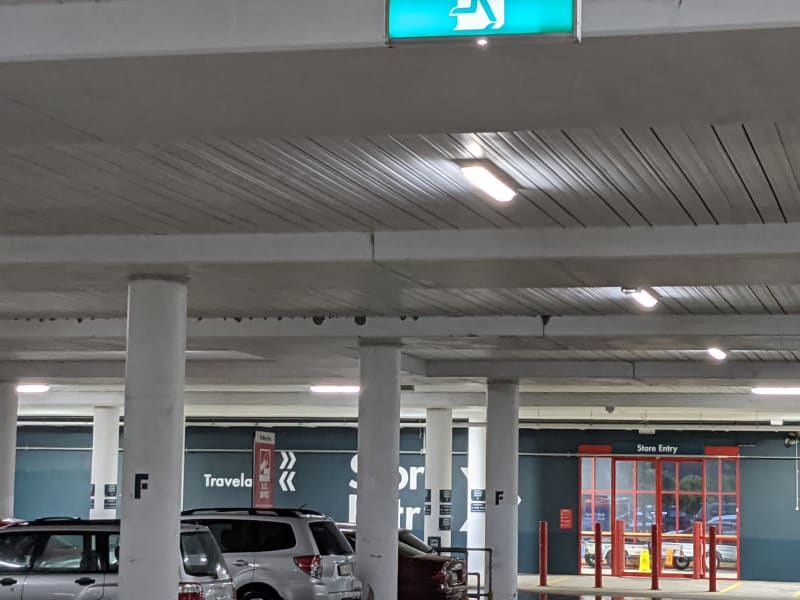
These are photos of an underside of a concrete slabs and beam system. The building is for a warehouse and is single storey.
The expansion joists are located roughly 1/3 span from the columns and all have spalling of the concrete at the joint.
Anyone crossed paths with something similar and know the cause of such spalling?
Please note I just happened to park below said slab, I have no drawing of the structure or abilities to do more tests etc.

